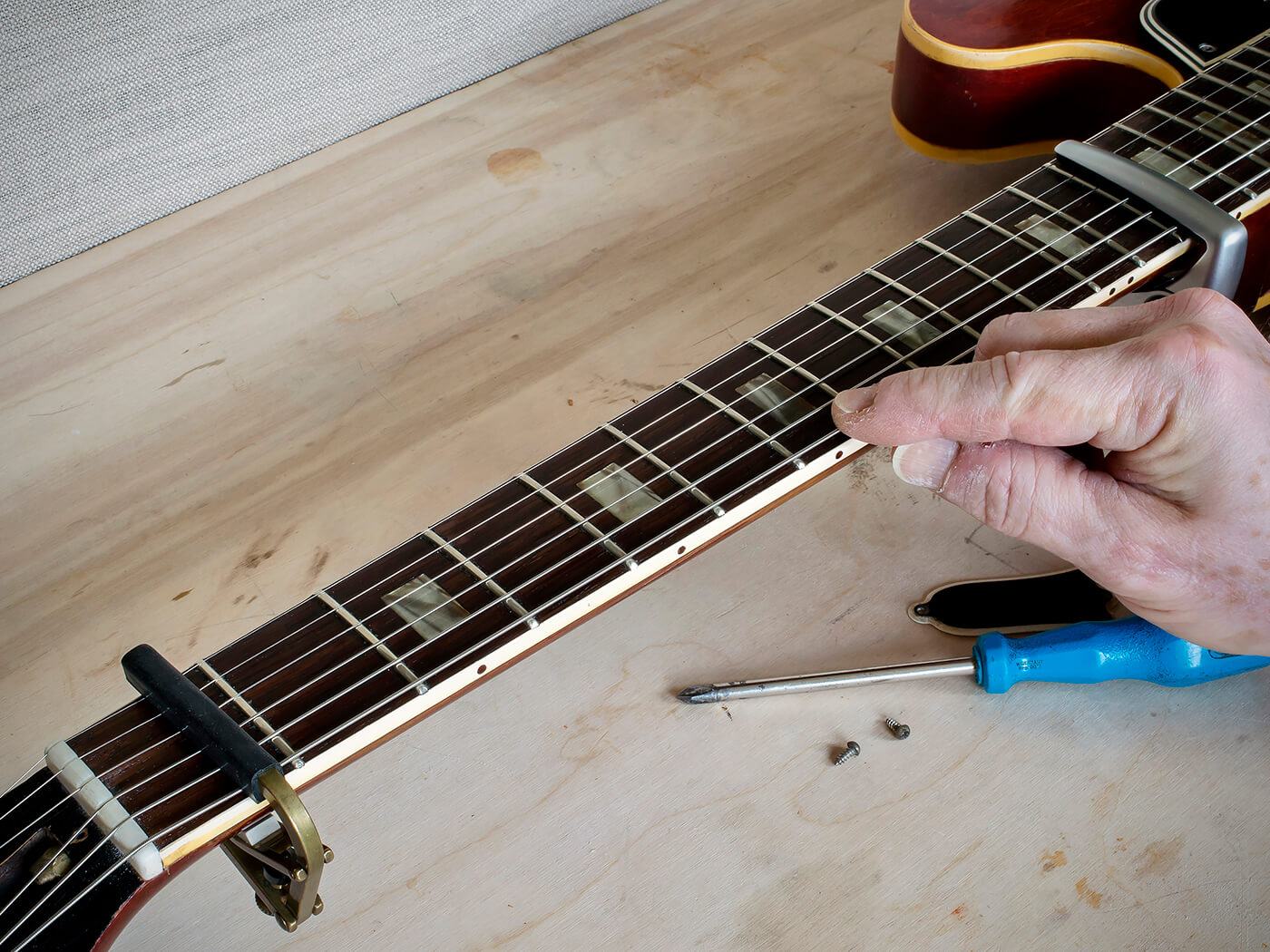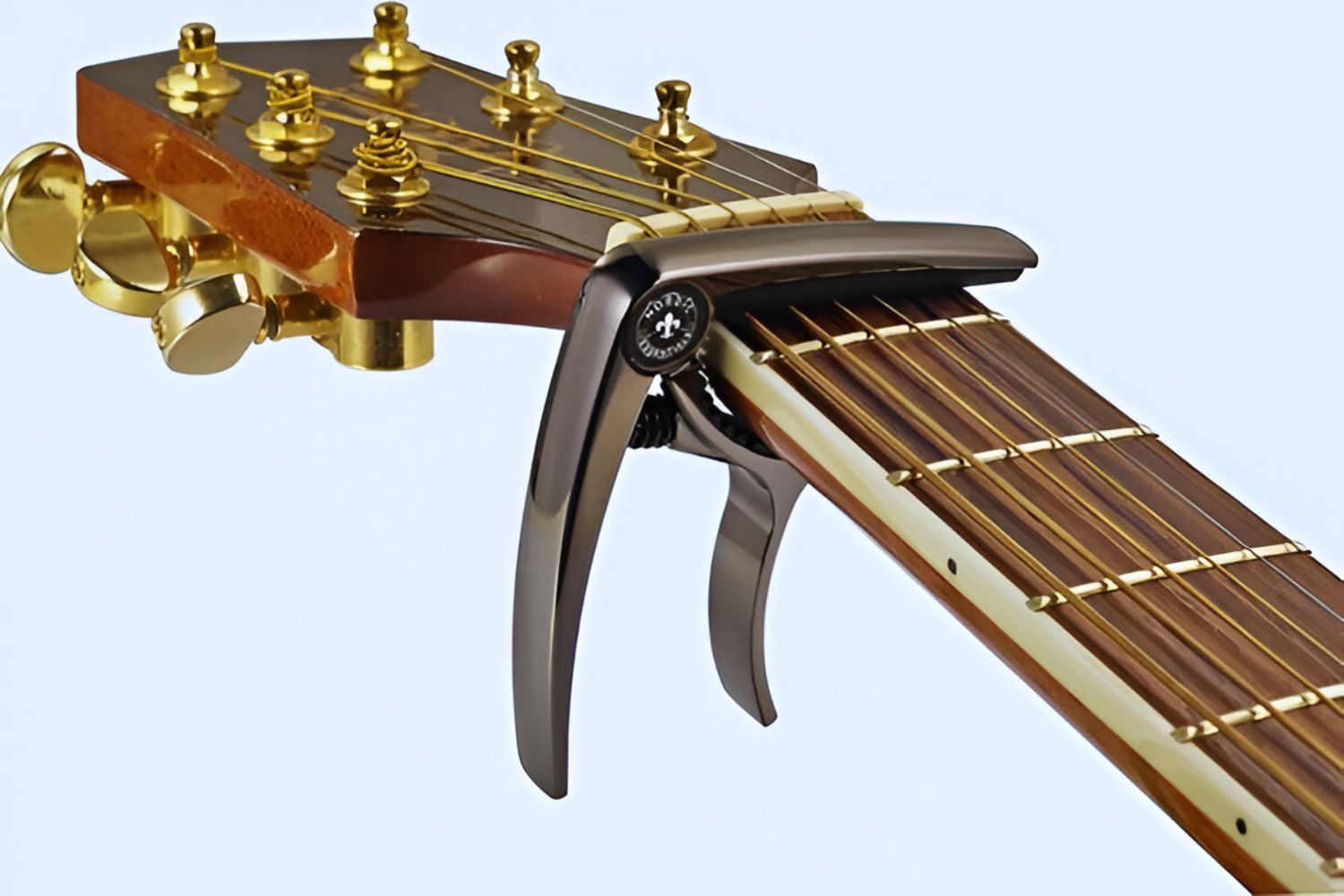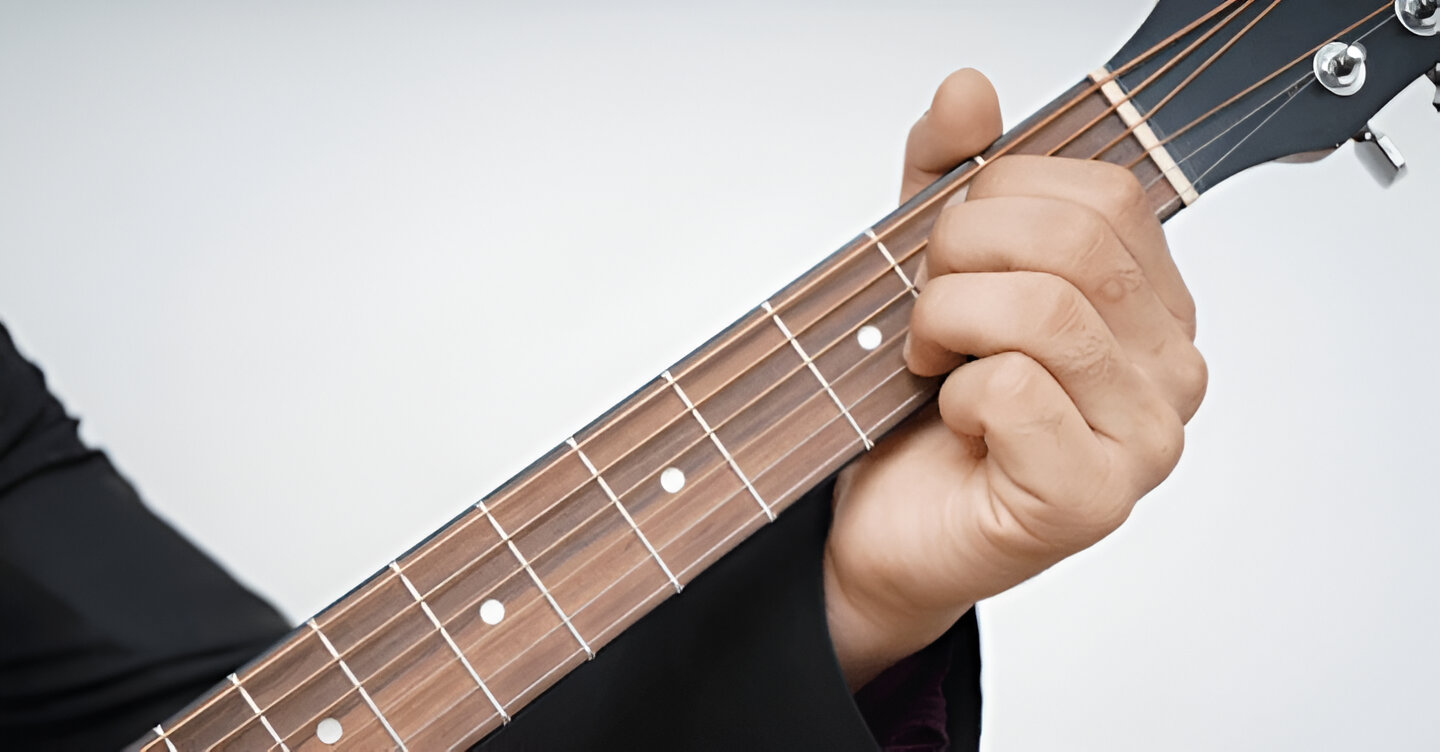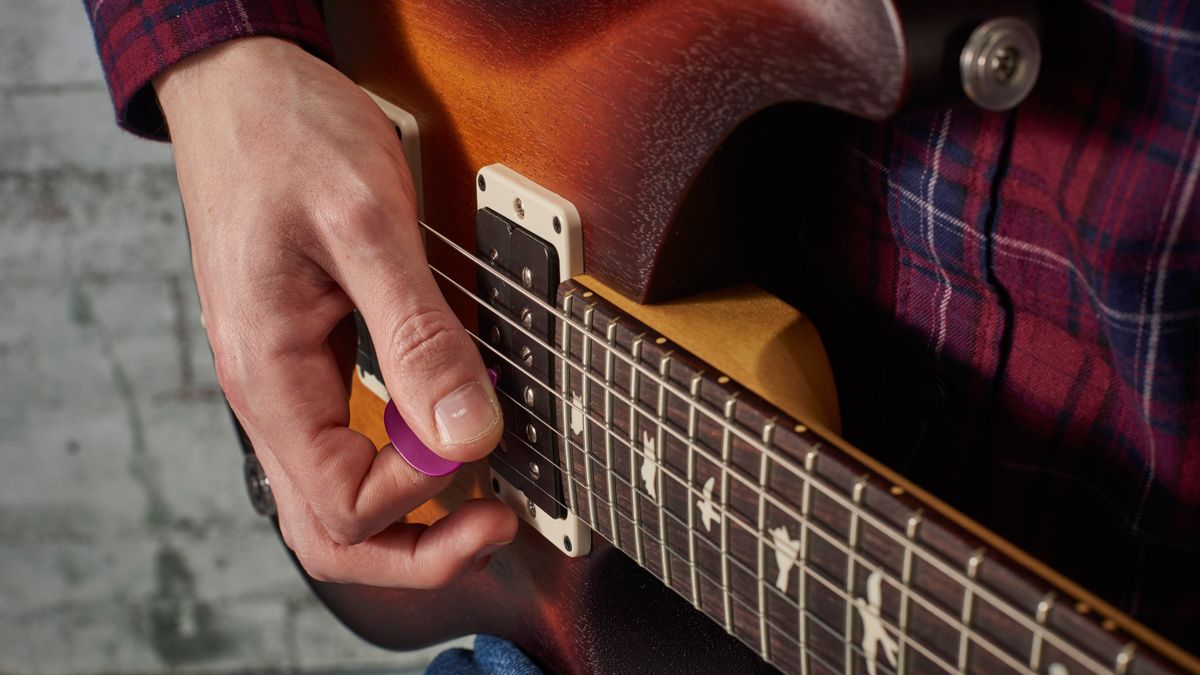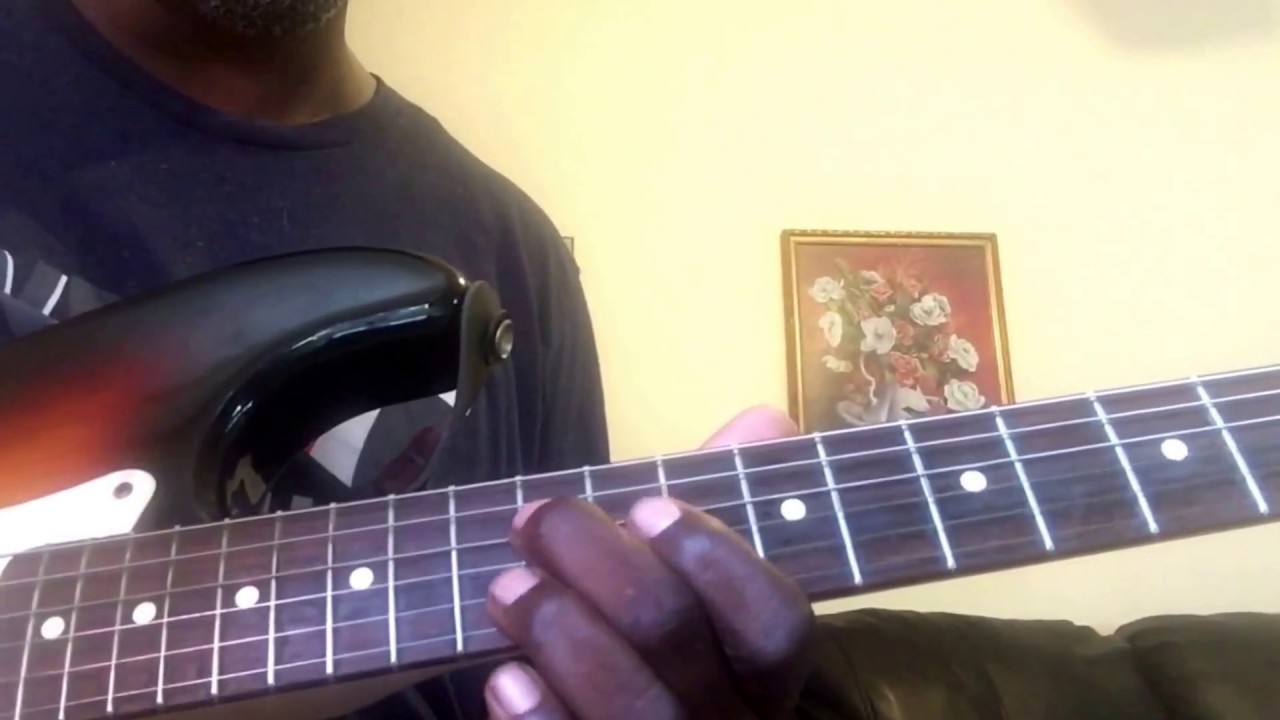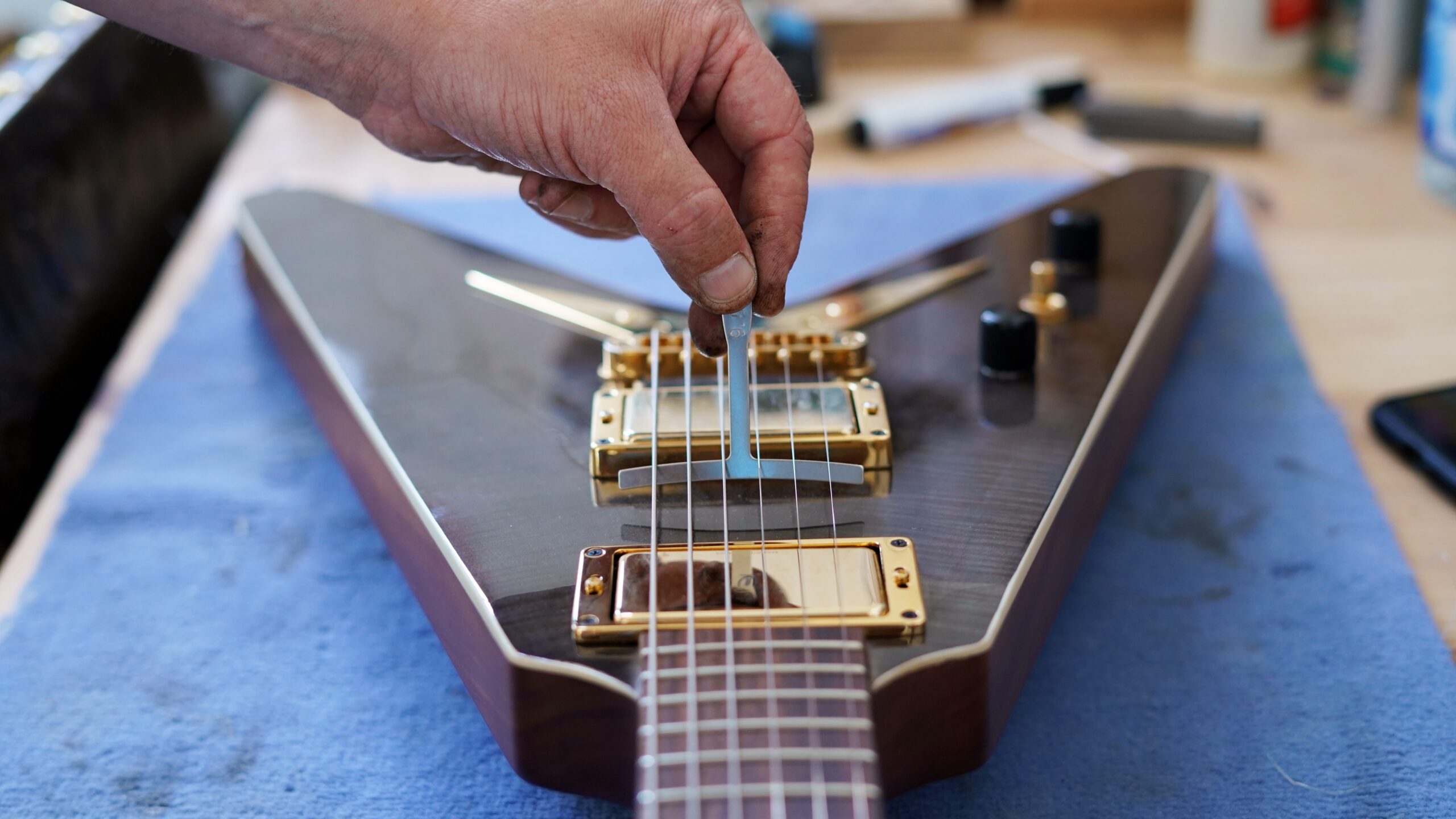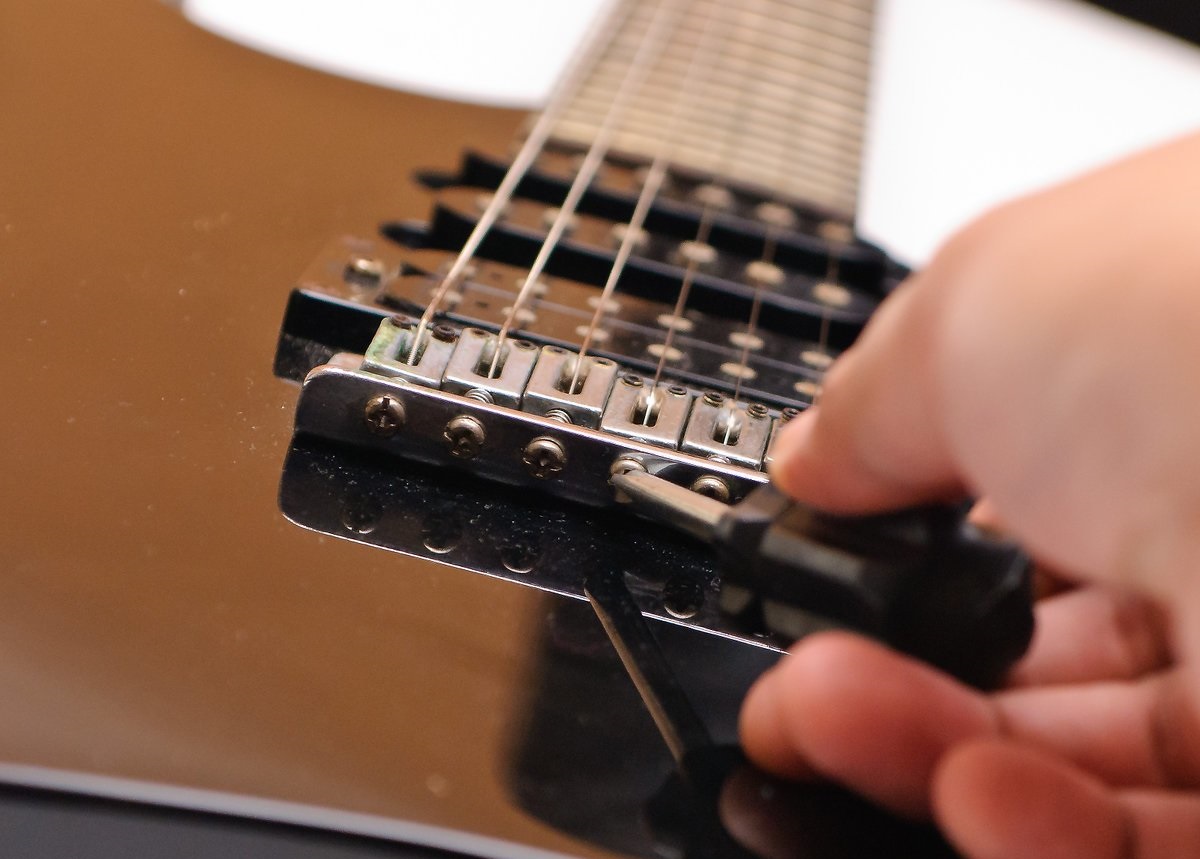Introduction
So, you've just picked up your electric guitar, ready to strum out some killer riffs, only to find that when you release a fret, an unwanted ringing sound fills the air. Fret noise, or the ringing of strings when a fret is released, can be a frustrating issue for many guitarists. This phenomenon not only disrupts the sound quality but also interferes with the overall performance. However, fear not, as there are ways to address and prevent this pesky problem.
In the world of electric guitars, the release of a fret can lead to unwanted string vibrations, causing an audible ringing or buzzing. This occurrence can stem from various factors, including the guitar's setup, the player's technique, and the overall condition of the instrument. Understanding the root causes and implementing effective solutions can significantly enhance the playing experience and ensure a clean, crisp sound with every note.
In the following sections, we will delve into the factors that contribute to the release of fret-induced string noise and explore practical measures to prevent this issue. By gaining insight into the mechanisms behind fret noise and learning how to mitigate its effects, you can elevate your guitar performance and enjoy a seamless playing experience. So, let's dive into the world of electric guitar fret noise and discover the strategies to conquer this common challenge.
What Causes Electric Guitar Strings to Release Fret?
Several factors can contribute to the release of fret-induced string noise on an electric guitar. Understanding these underlying causes is crucial for addressing the issue effectively. Here are the primary factors that can lead to the unwanted ringing or buzzing sound when releasing a fret:
- Improper Fretting Technique: One of the most common reasons for fret noise is an improper fretting technique. When a guitarist releases a fret with excessive force or in a hasty manner, it can cause the strings to vibrate against the frets, resulting in unwanted noise. Additionally, inadequate finger placement or uneven pressure on the strings can exacerbate this problem.
- String Contact with Frets: The contact between the vibrating strings and the frets can generate fret noise, especially if the strings are not lifted cleanly off the frets upon release. This can occur when the strings make partial contact with the frets due to insufficient finger control, leading to audible buzzing or ringing.
- String Tension and Setup: The tension and setup of the guitar strings play a significant role in fret noise. High string tension or an improper setup, such as excessively low string action or inadequate neck relief, can contribute to fret noise issues. Additionally, worn or improperly installed frets can exacerbate this problem, causing the strings to vibrate against the frets more than intended.
- Electromagnetic Interference: In the case of electric guitars with magnetic pickups, electromagnetic interference can lead to unwanted noise upon releasing a fret. This interference can be caused by external sources such as electronic devices or poor shielding within the guitar, resulting in extraneous buzzing or humming when frets are released.
By identifying these potential causes, guitarists can take proactive measures to minimize fret noise and enhance the overall sound quality of their instrument. In the next section, we will explore effective strategies to prevent electric guitar strings from releasing fret, empowering players to overcome this common challenge and achieve a cleaner, more refined tone.
How to Prevent Electric Guitar Strings from Releasing Fret
Addressing fret-induced string noise on an electric guitar involves a combination of proper technique, maintenance, and setup adjustments. By implementing the following preventive measures, guitarists can effectively minimize fret noise and ensure a smoother, more controlled playing experience:
- Refine Fretting Technique: Mastering a precise and controlled fretting technique is essential for reducing fret noise. Guitarists should focus on lifting their fingers off the strings with a gentle, deliberate motion, minimizing the chances of string contact with the frets upon release. Additionally, maintaining consistent finger pressure and ensuring clean string lifts can significantly mitigate fret noise.
- Optimize String Contact: Paying attention to the contact between the strings and the frets is crucial for preventing fret noise. When releasing a fret, guitarists should aim to lift the strings cleanly off the frets, avoiding any unnecessary friction or partial contact that can lead to unwanted ringing or buzzing. Developing precise finger control and practicing smooth string lifts can help achieve this goal.
- Adjust String Tension and Setup: Ensuring the appropriate string tension and guitar setup is vital for minimizing fret noise. Guitarists can work with a professional luthier or guitar technician to optimize their instrument’s setup, addressing factors such as string action, neck relief, and fret condition. By maintaining optimal string tension and addressing any setup irregularities, players can reduce the likelihood of fret-induced string noise.
- Shield Against Electromagnetic Interference: For electric guitars with magnetic pickups, mitigating electromagnetic interference can help prevent extraneous noise when releasing frets. This can be achieved by ensuring proper shielding within the guitar’s electronics and minimizing exposure to external sources of interference. Additionally, using high-quality shielded cables and positioning the guitar away from potential sources of electromagnetic interference can contribute to a cleaner, more interference-free sound.
By incorporating these preventive strategies into their playing routine and instrument maintenance, guitarists can effectively minimize fret-induced string noise and achieve a more controlled and refined sound. Adopting a meticulous approach to fretting technique, string contact, setup optimization, and interference shielding empowers players to conquer the challenge of fret noise and elevate their overall playing experience.
Conclusion
Mastering the art of playing the electric guitar involves not only honing musical skills but also addressing technical challenges that can impact the instrument’s sound quality. Fret-induced string noise is a common issue that can disrupt the clarity and precision of a guitarist’s performance. By understanding the factors that contribute to this problem and implementing effective preventive measures, players can conquer fret noise and enjoy a smoother, more controlled playing experience.
From refining fretting techniques to optimizing string contact, tension, and setup, guitarists have a range of strategies at their disposal to minimize fret-induced string noise. By prioritizing precise finger control, maintaining clean string lifts, and ensuring an optimal instrument setup, players can significantly reduce the likelihood of unwanted ringing or buzzing when releasing frets. Additionally, addressing electromagnetic interference in electric guitars with magnetic pickups can further contribute to a cleaner, more interference-free sound.
By incorporating these preventive strategies into their playing routine and instrument maintenance, guitarists can elevate their performance and achieve a more refined tone with every note. Whether on stage, in the studio, or during personal practice sessions, the ability to mitigate fret-induced string noise empowers players to deliver a polished and professional sound, enhancing their overall musical expression.
Ultimately, by delving into the mechanics of fret noise and exploring practical solutions, guitarists can conquer this common challenge and unlock the full sonic potential of their electric guitars. Armed with knowledge, precision, and a commitment to technical excellence, players can overcome fret-induced string noise and revel in the seamless, pristine sound that defines a captivating guitar performance.







